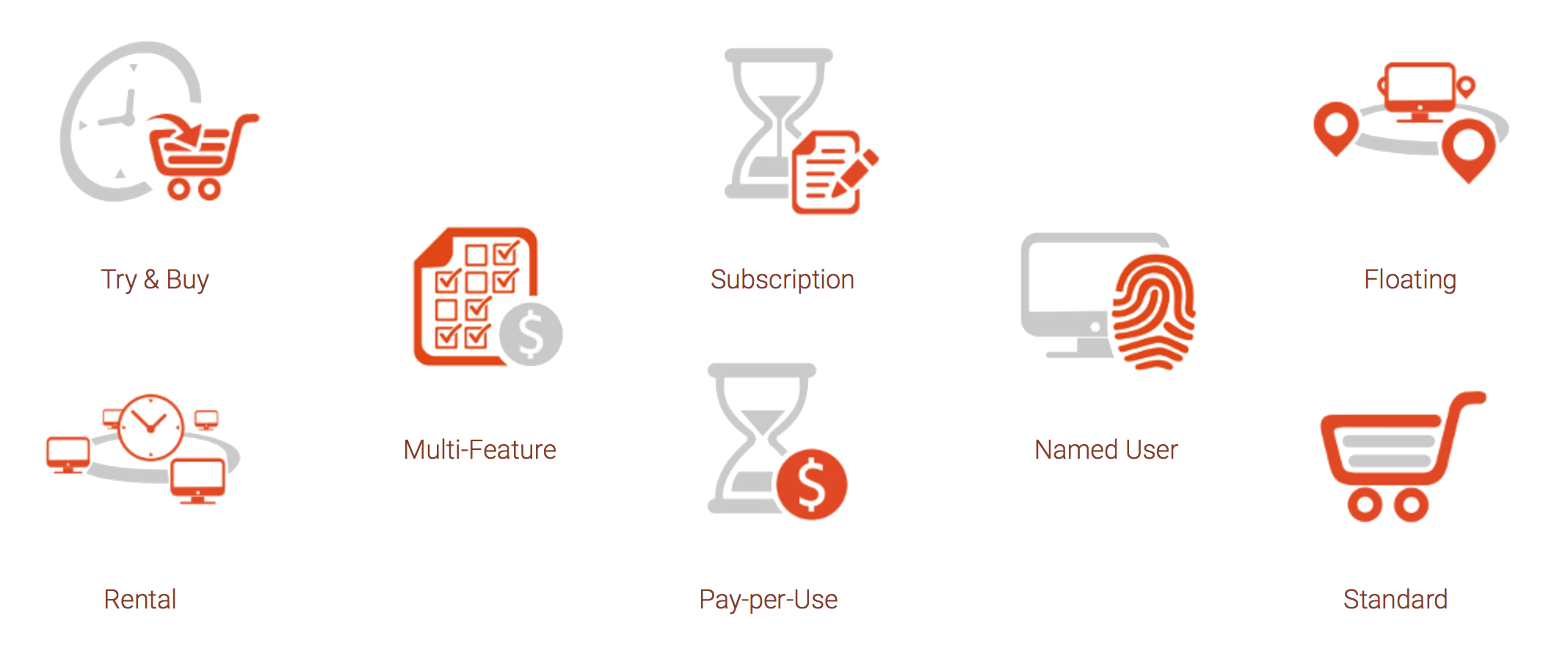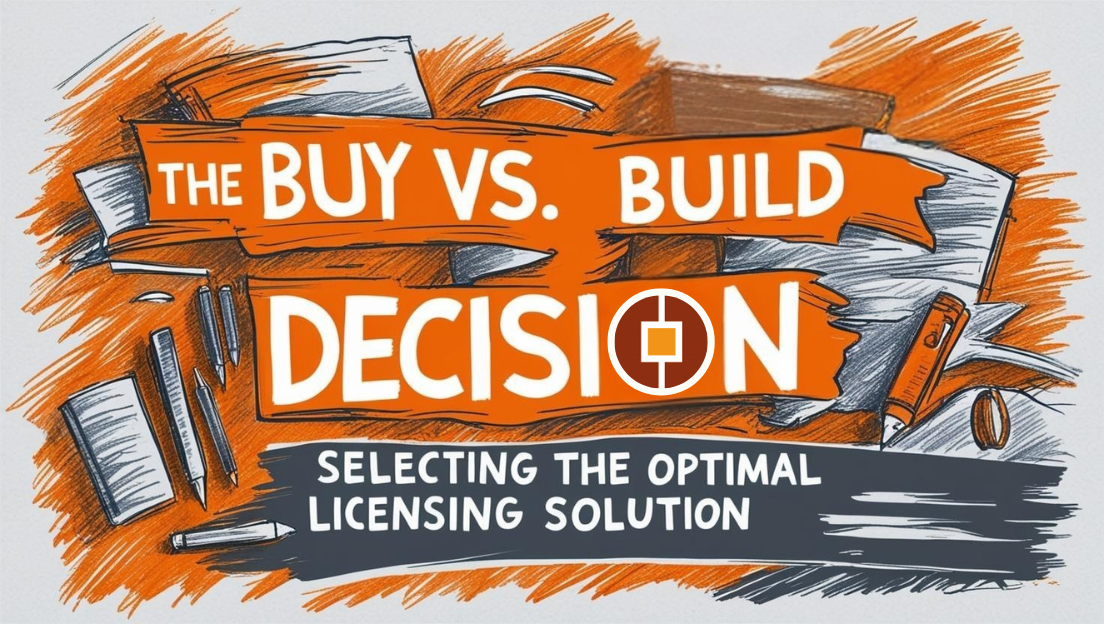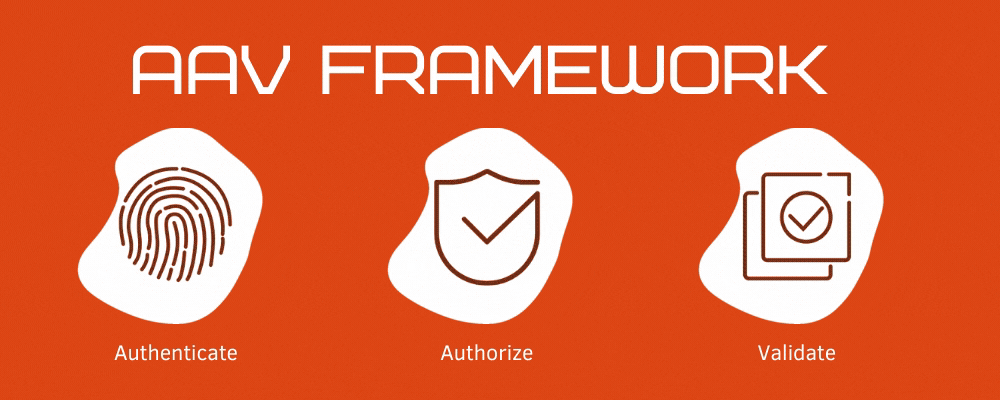Software Licensing Metrics – What are they?

As a company who distributes software to both domestic and business customers, it is important to ensure that you are charging the right amount for the products which you are distributing. In order to give your customers the best value possible, you need to make sure that your price is competitive and that it reflects the usage of the software.
If you haven’t already read our series of articles on Software Licensing Models, it would be worthwhile giving them a look as it help you to better understand some of the principles which we will be discussing in this series on Licensing Metrics. In essence, the license metric which is assigned to a piece of software is designed to carefully measure the level of usage of the software.
The metric is the unit of measurement which the vendor (yourself) uses to report back to developer about how their product is selling, and can also be used to determine the share of the profits which needs to be paid to each party which has a share in the ownership rights.
When determining the metrics which you eventually use it is important to consider how effective it will be against how costly it will be to implement as a scheme. The idea behind licensing metrics is that they make it easier for you as a vendor to determine the popularity of any one individual piece of software, as well as use them to extrapolate other data to then feedback into your marketing strategy.
In this coming series we will cover in more detail the fundamental aspects of determining an efficient and cost-effective means of measuring the usage of an individual piece of software.
In the first instance, the metrics should provide you with data that is easy to understand. It is worthless to have a metric which gives you a regular reading if you have nothing against which to compare it. If you have to employ addition data analysts then you are likely to end up wasting both time and money! It should also be easy for you to explain to your customers; ideally it should take fewer than 2 minutes for you to give any procurement staff a full and complete breakdown of how the metric system works for the software – in order to ensure full transparency between yourself and them.
It is worthwhile noting that the more open and honest you are with your customers, the greater the likelihood of them using the software on a frequent basis. This can be explained thusly: the more trust your customer has in you, the less they will be concerned about any ‘hidden’ costs ergo the more they will use the software as they will not be ‘living in fear’ of the end of the month and the impending bill.
If, for example, the metric which is in place is the number of ‘named users’ who access the software over a month, your customers will be significantly more relaxed about using the software by knowing precisely what it is that they will be charged for.
We will look in more detail into the administration of licensing metrics in our next article.






